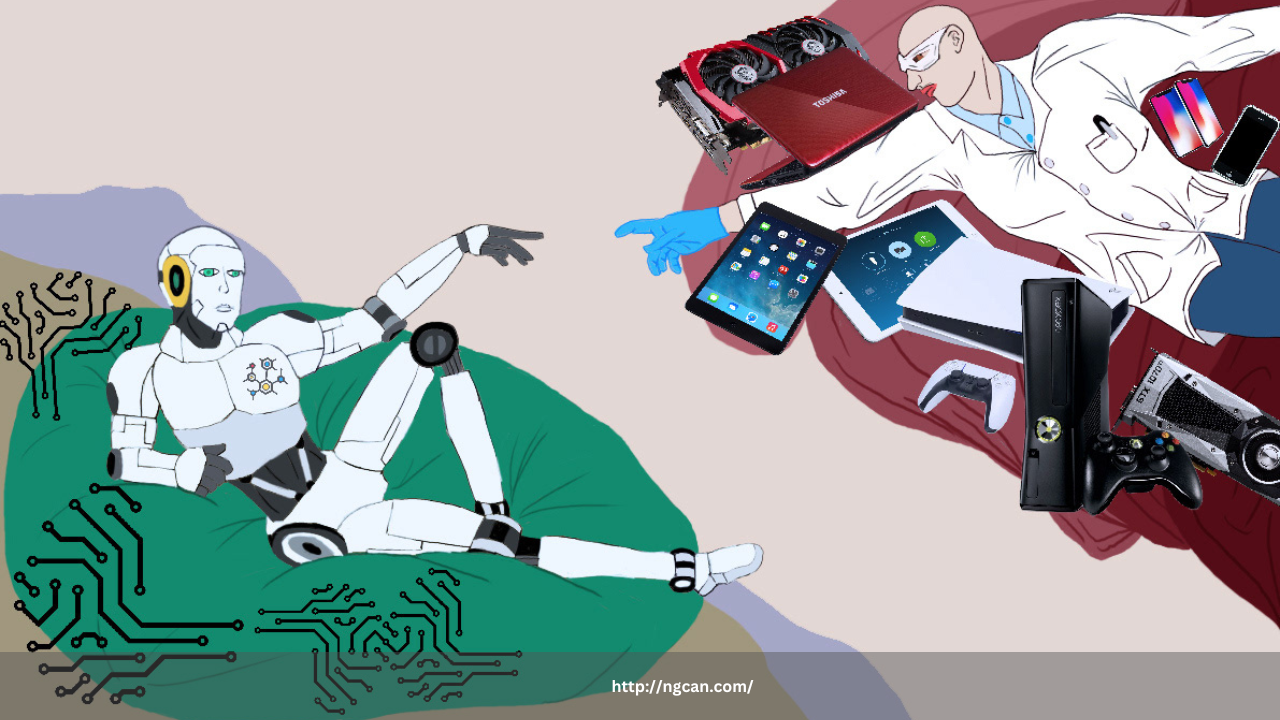 In today’s hyperconnected world, digital addiction has become a significant concern. People spend hours glued to screens, scrolling through social media, playing video games, or binge-watching content. While technology has brought incredible advancements, its addictive potential has raised concerns about mental health, productivity, and overall well-being. Interestingly, the very technology that contributes to digital addiction—artificial intelligence (AI) and machine learning (ML)—is now being explored as a solution to help users regain control over their digital habits.
In today’s hyperconnected world, digital addiction has become a significant concern. People spend hours glued to screens, scrolling through social media, playing video games, or binge-watching content. While technology has brought incredible advancements, its addictive potential has raised concerns about mental health, productivity, and overall well-being. Interestingly, the very technology that contributes to digital addiction—artificial intelligence (AI) and machine learning (ML)—is now being explored as a solution to help users regain control over their digital habits.
Understanding Digital Addiction
Digital addiction, also known as digital dependency, occurs when individuals compulsively engage with digital devices, often to the detriment of their personal and professional lives. Social media platforms, streaming services, and mobile apps are designed to maximize engagement using AI-driven algorithms that cater to users’ preferences and behaviors, keeping them hooked.
The addictive nature of digital platforms stems from reinforcement mechanisms such as notifications, personalized content recommendations, and infinite scrolling. These features trigger dopamine releases in the brain, creating a cycle that makes it difficult for users to disengage. As digital addiction becomes more prevalent, researchers and tech companies are looking for ways to use AI to counteract its negative effects.
How AI and Machine Learning Can Help
- Personalized Digital Well-Being Tools
AI-powered apps are being developed to track and regulate screen time. Applications such as Apple’s Screen Time and Google’s Digital Wellbeing use machine learning to analyze user behavior and provide personalized insights on digital consumption. By setting usage limits and sending reminders, these tools help individuals adopt healthier digital habits. - AI-Driven Content Moderation
Social media platforms use AI to keep users engaged, but the same technology can be used to promote mindful usage. AI can identify excessive screen time patterns and suggest breaks, encouraging users to step away from their devices. Some platforms now offer features such as “Take a Break” reminders, nudging users toward healthier engagement. - Chatbots and Virtual Therapists
AI-powered chatbots and virtual therapists are being used to provide mental health support for individuals struggling with digital addiction. These AI tools use natural language processing to offer guidance, coping strategies, and encouragement to users who want to break free from excessive screen time. Apps like Woebot and Wysa provide AI-driven mental health support tailored to users’ emotional states. - Behavioral Prediction and Intervention
Machine learning algorithms can analyze user behavior and predict when someone is likely to engage in excessive digital consumption. By recognizing these patterns, AI can intervene with proactive suggestions, such as recommending alternative offline activities, sending reminders to take breaks, or even temporarily restricting app access when usage surpasses healthy limits. - AI-Powered Parental Controls
For younger users, AI-powered parental control tools help parents manage their children’s screen time effectively. These systems can dynamically adjust digital access based on a child’s usage patterns, ensuring a balanced approach to screen time and real-world activities.
The Future of AI in Combating Digital Addiction
While AI is a powerful tool in addressing digital addiction, it is not a standalone solution. Combining AI-driven interventions with digital literacy, mindfulness practices, and responsible tech policies will be crucial for long-term success. Tech companies must prioritize ethical AI design, ensuring that machine learning is used to empower users rather than exploit their attention.
As AI continues to evolve, its potential to assist in breaking digital dependencies will expand. By harnessing AI’s capabilities for good, we can create a future where technology serves as a means of empowerment rather than a source of addiction.